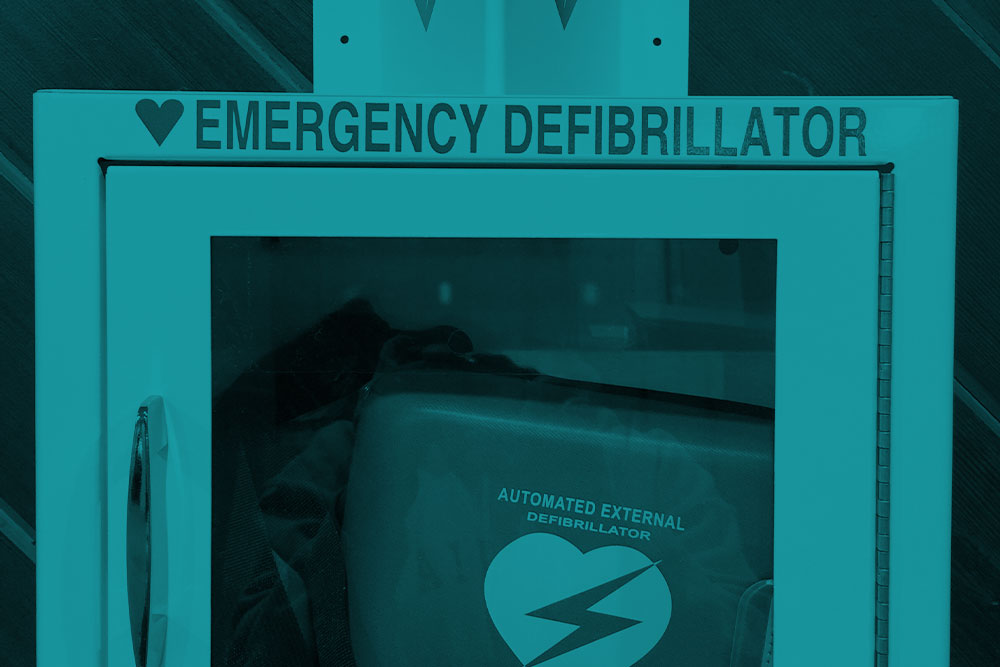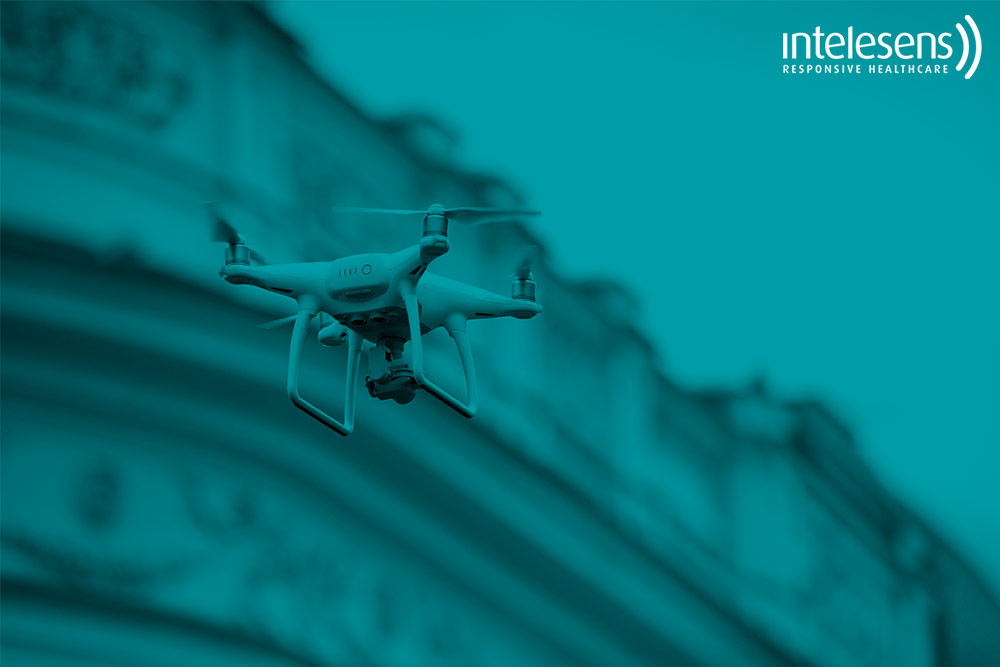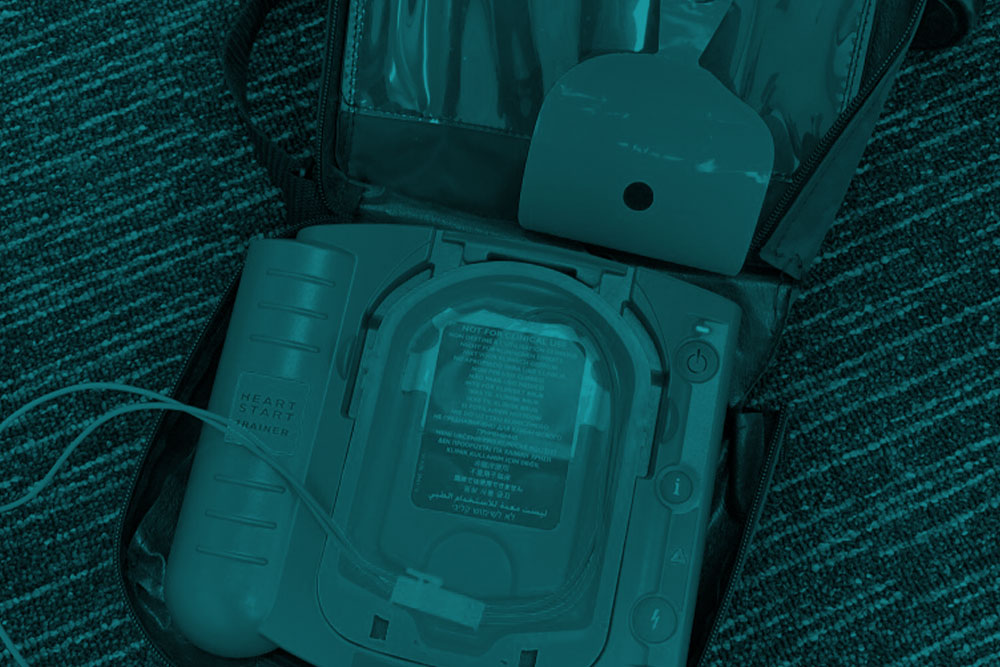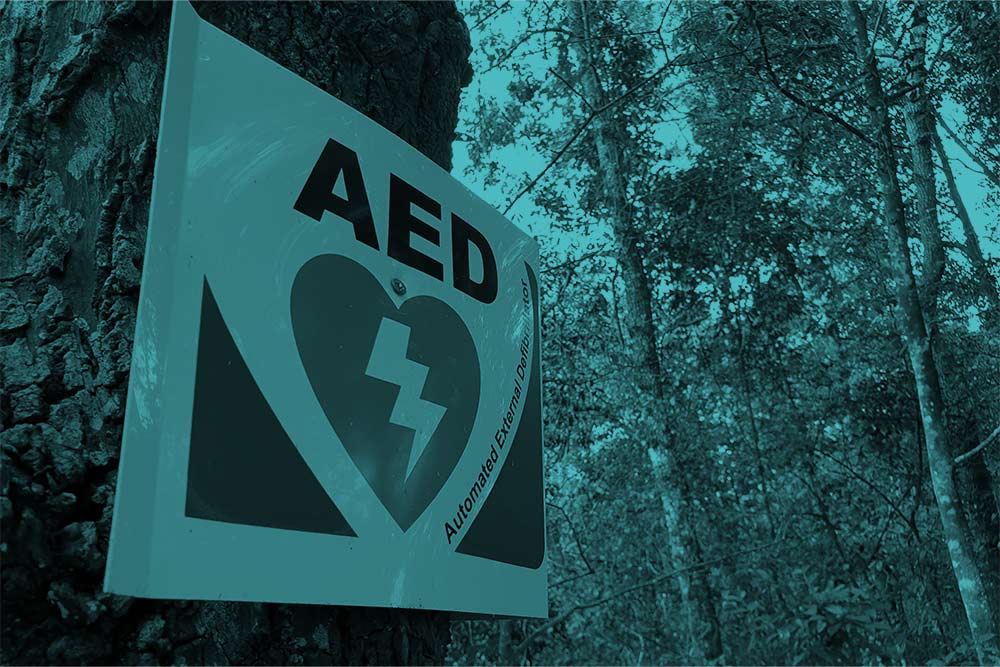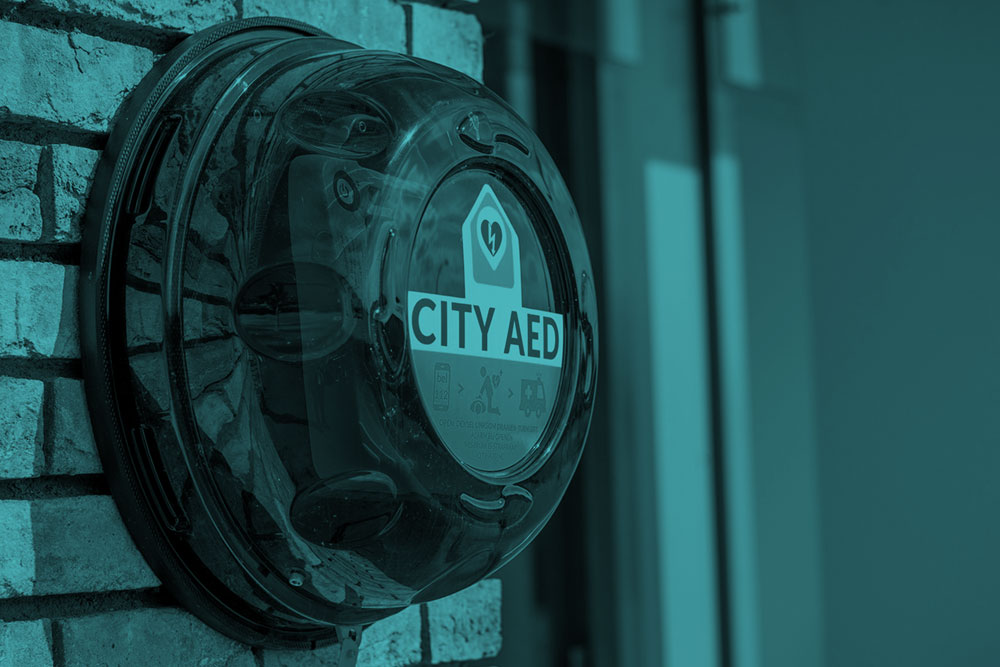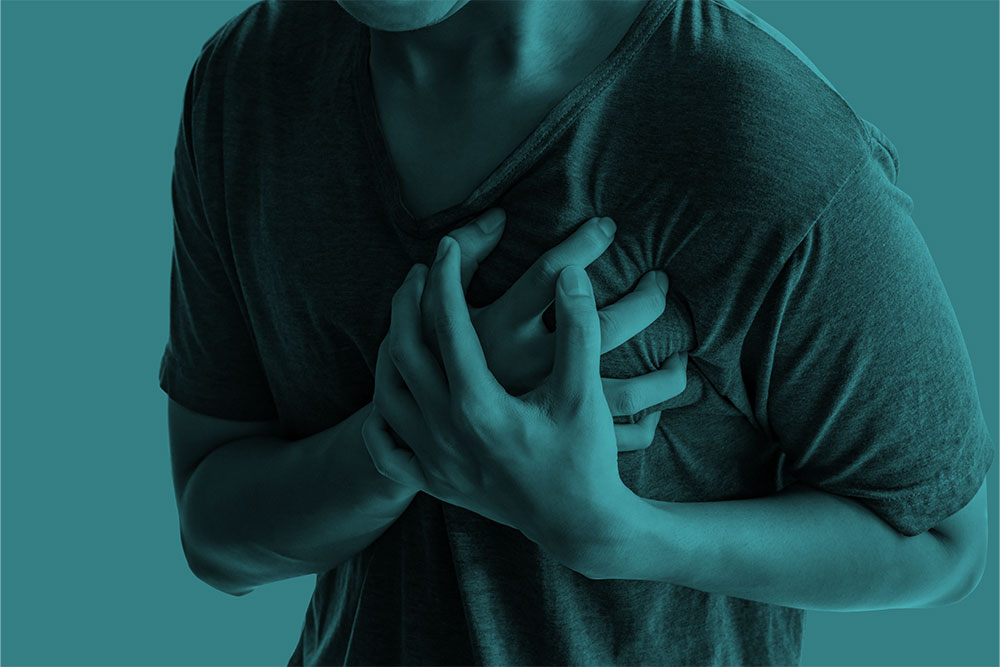The optimal locations and cost-effectiveness of placing automated external defibrillators(AEDs) for out-of-hospital cardiac arrest(OHCAs) in urban residential neighbourhoods are unclear. We used prospectively collected data from 2016 to 2018 from the British Columbia OHCA Registry to examine the utilization and cost-effectiveness of hypothetical AED deployment in municipalities with a population of over 100 000. The estimated radius of effectiveness around each AED was 625 m for automobile and 240m for pedestrian retrieval.
With AEDs placed outside each school and community center, 2567(64%) and 605(15%) of OHCAs fell within the radii of effectiveness for automobile and pedestrian retrieval, respectively. For each AED, there was an average of 1.20-2.66 and 0.25-0.61 in-range OHCAs per year for automobile retrieval and pedestrian retrieval, respectively, depending on the deployment model. All of our proposed surpassed the cost-effectiveness threshold of 0.125 OHCA/AED/year provided >5.3-11.6% in-range AEDs were brought-to-scene.
Conclusions: The systematic deployment of AEDs at schools and community centers in urban neighbourhoods may result in increased application and be a cost-effective public health intervention.

